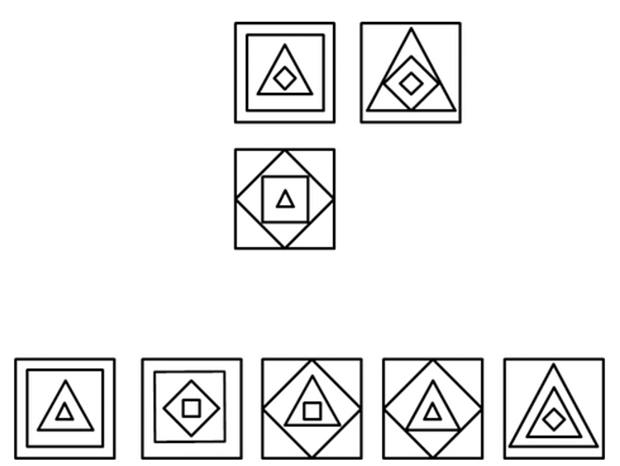Get ready for the University Clinical Aptitude Test
The University Clinical Aptitude Test (UCAT) can be a challenge but preparation is the key to success. Let JobTestPrep guide you through with their expert advice
If you're considering applying to study medicine or dentistry, the UCAT will constitute one of the most challenging steps in the process. It is a psychometric assessment that includes five different sub-tests, each measuring a different ability.
While the test can seem overwhelming to the untrained eye, practicing each section under time pressure should help you to improve your results. This can be done with the use of UCAT practice materials.
What does the test involve?
Each sub-test is in multiple-choice format and is timed separately:
- Verbal reasoning - contains texts followed by questions presented in either a true/false/cannot say or a choose-one-of-four format.
- Quantitative reasoning - made up of word problems this test can be accompanied by graphs, tables or complex numerical information. Calculators are allowed and provided on-screen.
- Abstract reasoning - requires you to decipher the logic behind challenging shape and pattern series.
- Situational judgement - presents potential scenarios that you might come across as a medical student, and seeks to measure your ability to make sound decisions.
To discover how well you perform under time pressure answer JobTestPrep's free UCAT practice questions.
Sample question: situational judgement
Question: A student is assisting a clinician on a case of a patient suffering from acute abdominal pain. After reviewing all the medical tests, the junior doctor concludes that the patient can be discharged home as all his tests indicate that he is in good health and is probably just suffering from a stomach virus. The student believes that this is not the case as he has spent more time with the patient and feels that the severity of the patient's pain indicates a more serious condition.
Answer: According to the General Medical Council (GMC) you must:
- report any concerns regarding the patient to your superior
- respect the experience and knowledge of your superiors.
Translated into actions, the student should express these concerns to the junior doctor in a way that is respectful and does not undermine the doctor in any way.
Sample question: abstract reasoning
This question is an analogy. Which of the five shapes below completes the set in which shape 2 is to shape 1 as shape 4 is to shape 3 (in a clockwise direction from top left).

What score do I need to pass the test?
In order to attain an average score on the UCAT, you'll need to answer the following number of questions correctly in each section:
- Verbal reasoning: 23/40
- Abstract reasoning: 30/50
- Quantitative reasoning: 17/32.